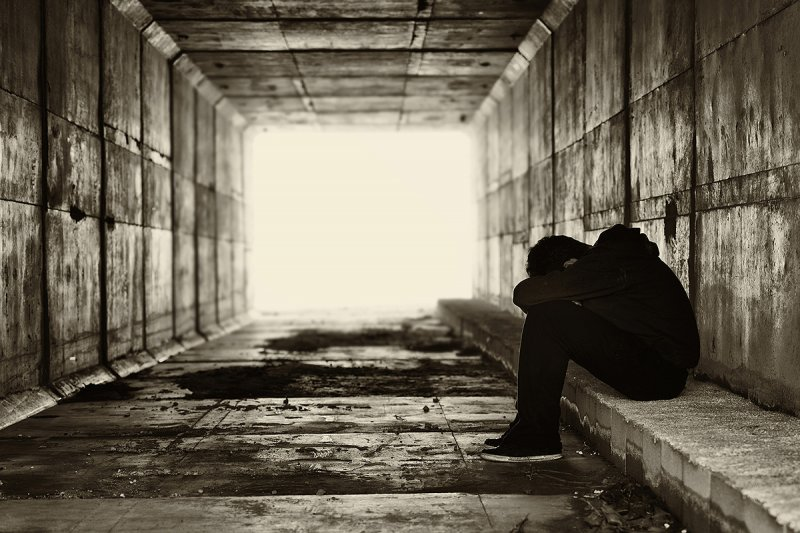Child abuse is when an individual under the age of 18 is being deliberately hurt by someone else – whether that’s an adult or another child. This could be one single act, but for children, more often than not it tends to happen over a period of time. Safeguarding refers to the process of protecting children from abuse and neglect.
Abuse comes in all sorts of forms. It can be:
- Physical
- Sexual
- Mental/Psychological
- Neglect
Over half a million children are abused in the UK each year, which is exactly why this problem needs to be taken seriously – to stop the abuse.
Forms of Child Abuse
There are a number of different types of child abuse:
Domestic abuse: This is any type controlling, bullying, threatening or violent behaviour between people in a relationship. Domestic abuse can cover physical abuse, but also mental and sexual abuse. Where children come into this is by witnessing the abuse take place between the adults in their household; witnessing domestic abuse is child abuse.
Sexual abuse: When a child is forced or persuaded to take part in sexual activities, sexual abuse is taking place. Again, this doesn’t have to be physical. It can be online, and this is often where ‘grooming’ takes place.
Neglect: Neglect is the ongoing failure to meet a child’s basic needs and is the most common form of child abuse. If a child is left hungry or dirty, without adequate shelter, mental or health care, supervision or clothing, they are suffering neglect.
Online abuse: Online abuse is any type of abuse that happens on the web. Platforms where abuse can occur are social networks, playing online games or using mobile phones. Children can be at risk of online abuse from people they know, as well as from strangers.
Physical abuse: Physical abuse is deliberately hurting a child – causing injuries such as bruises, broken bones, burns or cuts. There’s no excuse for physically abusing a child. It causes serious, and often long-lasting, harm – and in severe cases, death.
Mental abuse: Also called emotional or psychological abuse, mental abuse is the ongoing emotional maltreatment of a child. Emotional abuse can involve deliberately trying to scare or humiliate a child or isolating and ignoring them.
Child trafficking: Child trafficking and modern slavery is child abuse. Children are recruited, moved or transported and then exploited, forced to work or sold. Trafficking can then lead into other crimes such as sexual exploitation, forced marriages and benefit fraud.
Grooming: This can be so subtle that the child doesn’t notice it’s happening until it’s too late and they feel trapped by their abuser. Grooming is when someone gains the trust of a child through building up an emotional connection. This then allows them to use the child for sinister purposes such as sexual abuse and exploitation. Children can be groomed online or face-to-face, by a stranger or by someone they know, making it all the more dangerous.

Who is in Charge?
Each UK nation has its own child protection system and laws in place to help protect children from abuse and neglect. These policies and laws are in the education, health and social welfare sectors.
The Department for Education is responsible for child protection in England and sets out policies, legislation and statutory guidance on how the child protection system should work. Earlier this year local safeguarding children’s boards were replaced by safeguarding partners, and they’re the ones responsible for child protection policy, procedure and guidance at a local level.
The local safeguarding arrangements are led by three statutory safeguarding partners:
- The local authority
- The clinical commissioning group
- The police
The Children Act 1989 provides the legislative framework for child protection in England. This focuses on the nature of the child’s welfare and the requirements around duties of care to children.
This is strengthened by the Children Act 2004, which encourages partnerships between agencies and creates more accountability by placing a duty on local authorities to appoint children’s services members who are accountable for the delivery of services and making sure local authorities and their partners are cooperating in safeguarding and promoting the wellbeing of children and young people.
If found guilty of any form of child abuse, prison is the result – highlighting just how seriously this problem is being taken.
Charley’s Story of Sexual and Physical Abuse
Child abuse is still an ongoing issue in the UK. Charley’s story is one example of how children can be taken advantage of, but also highlights that there are people out there to help stop the abuse.
Her abuser came in the form of her step-father, who moved in when she was two years old. Two years later the abuse on Charley started when she had to perform a sex act on him, something that went on for years to come. She wasn’t allowed to tell anybody, and if she tried to stand up to him, he would physically beat her to scare her into doing as she was told.
When Charley was fourteen she fell pregnant as a result of the abuse; her mum and step-dad paid her to have an abortion and made her stay quiet.
Eventually Charley ran away from home and began sleeping on the streets. Thankfully, this dark time caused her to meet a lady called Alison, a lady she could finally open up to and explain what had happened to her. From talking to Alison, Charley told Childline everything, which got the police involved and resulted in her step-father being sentenced to twelve years in prison.


